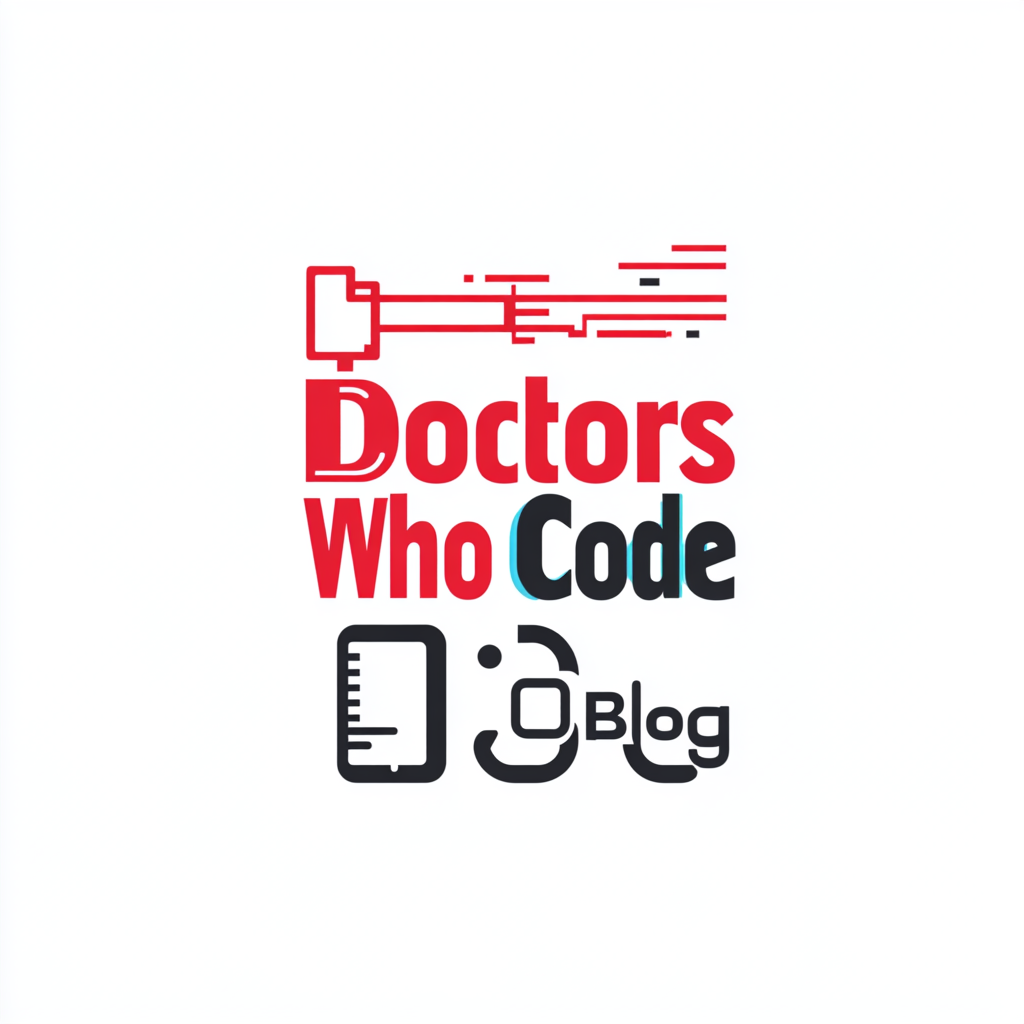How AI is Enhancing Precision and Accessibility in Prenatal Ultrasound
In recent years, artificial intelligence (AI) has leaped from science fiction into real-world applications, revolutionizing industries from finance to transportation. One area where AI is making profound strides is in healthcare, particularly in medical imaging. Among the most exciting advancements is AI-powered ultrasound, a transformative technology with the potential to improve prenatal care and maternal-fetal health outcomes. Whether you’re a tech enthusiast or simply curious about innovations in medicine, this blog will break down the basics of AI-powered ultrasound and why it matters.
What Is AI?
AI refers to computer systems designed to mimic human intelligence, enabling machines to learn from data, recognize patterns, and make decisions. By applying sophisticated algorithms, AI can process complex datasets at a speed and accuracy unattainable by humans. In healthcare, AI is increasingly used to enhance imaging technologies, including ultrasounds, to offer precise and actionable insights.
What Is Ultrasound?
Ultrasound imaging, commonly used in prenatal care, employs sound waves to create images of the developing fetus. It’s non-invasive, safe, and invaluable for monitoring fetal growth and anatomy. Traditional ultrasounds produce 2D images, but advances in technology have introduced 3D and 4D imaging, providing more detailed and dynamic views. Enter AI-powered ultrasound, which takes this evolution even further by integrating machine learning algorithms to analyze and interpret images with unprecedented accuracy.
How AI Enhances Ultrasound
AI-powered ultrasound systems rely on advanced machine learning techniques, including convolutional neural networks (CNNs), to process and interpret images. Here are some key tasks AI performs:
- Classification: Categorizing images to identify fetal organs and detect abnormalities.
- Segmentation: Outlining specific structures like the fetal head or placenta within an image.
- Object Detection: Pinpointing anatomical landmarks to assess growth or identify potential issues.
- Regression: Predicting continuous values, such as fetal weight or gestational age.
For example, AI can automatically recognize and measure a fetus’s head circumference, aiding clinicians in assessing fetal growth more efficiently.
Real-World Applications of AI-Powered Ultrasound
AI has the potential to redefine several aspects of prenatal care:
Fetal Monitoring: AI can track fetal growth and detect growth restrictions or abnormalities, ensuring early interventions when needed.
Anatomy Analysis
- Brain: Identifying standard planes and detecting conditions like hydrocephalus.
- Heart: Visualizing chambers and identifying congenital heart diseases.
- Face: Locating facial landmarks and detecting structural anomalies.
Workflow Optimization: Automating routine measurements allows sonographers to focus on patient care, reducing fatigue and improving efficiency.
Benefits and Challenges
Benefits
- Enhanced Accuracy: AI can detect subtle patterns invisible to the human eye.
- Time-Saving: Automation of repetitive tasks increases efficiency.
- Accessibility: Portable AI-powered devices could bring quality care to underserved areas.
Challenges
- Data Dependence: AI requires vast, high-quality datasets to perform optimally.
- Bias and Ethics: Ensuring fairness and privacy in AI systems remains a critical hurdle.
- Clinical Validation: More research is needed to confirm AI’s effectiveness in diverse real-world settings.
The Future of AI-Powered Ultrasound
The possibilities for AI-powered ultrasound are vast. Researchers are working on AI-integrated mobile applications that could enable healthcare providers in remote areas to perform high-quality scans. Moreover, the technology could help standardize prenatal care, reducing disparities in access and outcomes.
Conclusion
AI-powered ultrasound represents a paradigm shift in prenatal care, offering improved accuracy, efficiency, and accessibility. While challenges like data quality and ethical considerations remain, ongoing advancements are paving the way for widespread adoption. This cutting-edge technology promises to transform the way we monitor and care for the unborn, improving lives for both mothers and babies worldwide.
C. Onyeije, MD
REFERENCES:
Here is a reference for the article:
Alzubaidi, M., Agus, M., Alyafei, K., Althelaya, K. A., Shah, U., Abd-Alrazaq, A. A., Anbar, M., Makhlouf, M., & Househ, M. (2021). Towards deep observation: A systematic survey on artificial intelligence techniques to monitor fetus via ultrasound images. College of Science and Engineering, Hamad Bin Khalifa University.

